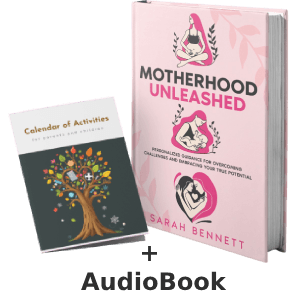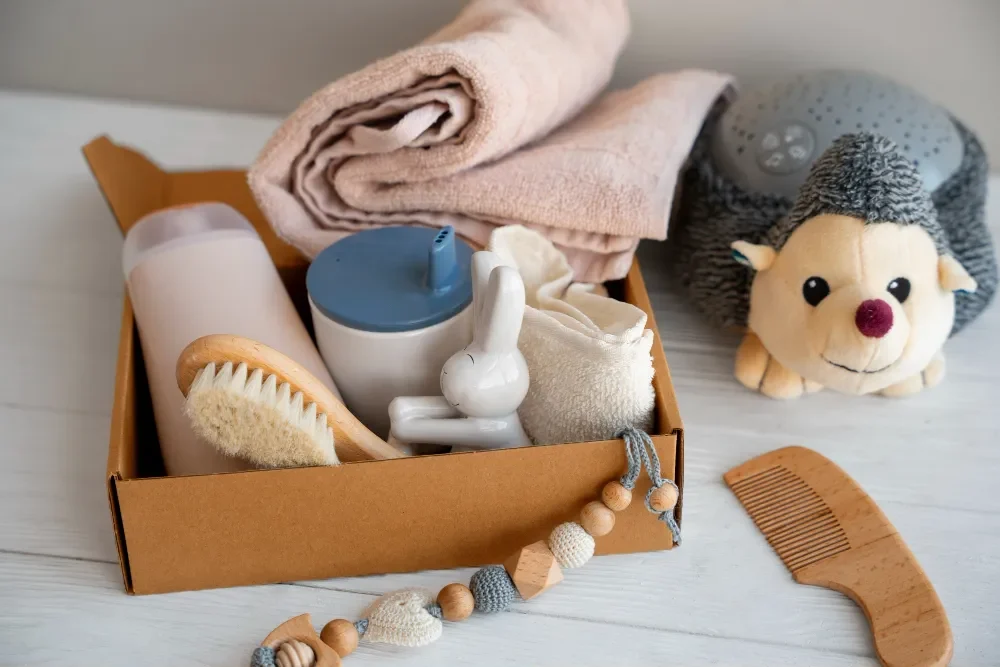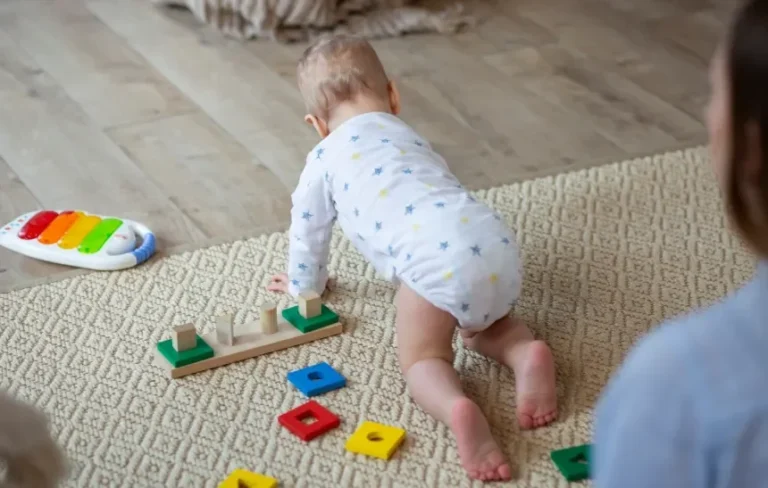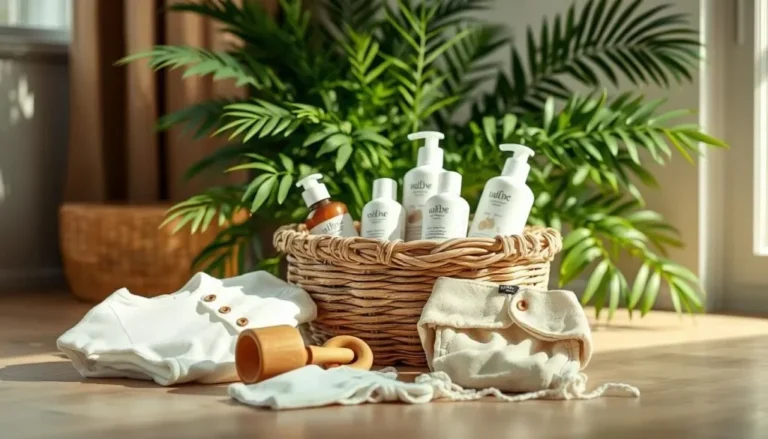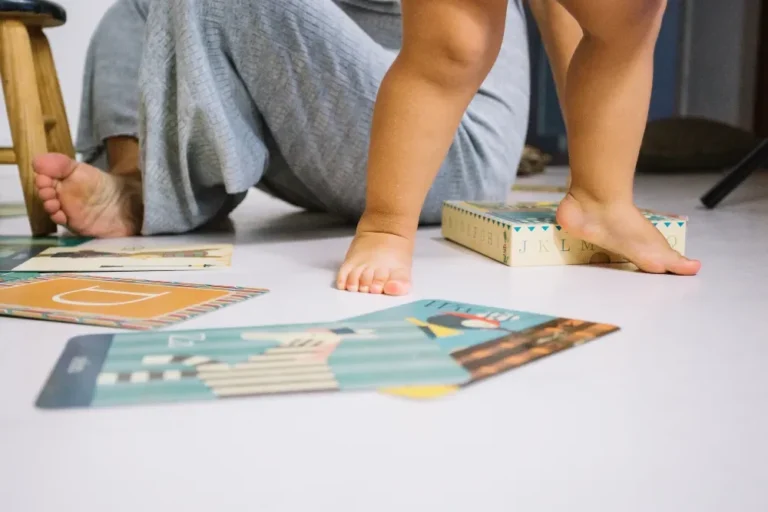Welcoming a newborn into your life is one of the most magical yet overwhelming experiences. Those tiny fingers, soft coos, and endless cuddles bring joy—but also a whirlwind of questions. What are the true newborn care essentials you can’t live without? How do you build a practical first-month kit without overspending on gimmicks? As a mom who’s been through the sleepless nights and triumphant firsts (and helped countless others navigate them), I’m here to guide you with a no-fluff, SEO-optimized roadmap to newborn bliss. This post covers everything from baby must-haves to pro-level newborn tips, all designed to make your transition smoother, safer, and more enjoyable.
Let’s dive into the newborn care essentials that will become your lifeline in those precious early weeks.
Why Newborn Care Essentials Matter More Than You Think
The first 28 days—often called the “fourth trimester”—are a critical bonding and adjustment period for both baby and parents. According to the American Academy of Pediatrics (AAP), proper preparation with newborn supplies can reduce parental stress by up to 40% and lower the risk of common issues like diaper rash or sleep regression.
Real-world example: My friend Sarah stocked up on 200 diapers before her due date, thinking she was over-preparing. By week two, she’d already blown through half and wished she’d prioritized quality over quantity. The lesson? Focus on versatile, high-quality newborn care essentials that grow with your baby.
Must-Have Newborn Supplies for Feeding Success
Feeding is the cornerstone of newborn care. Whether breastfeeding, formula-feeding, or combo-feeding, these baby must-haves ensure nourishment and comfort.
Breastfeeding Essentials
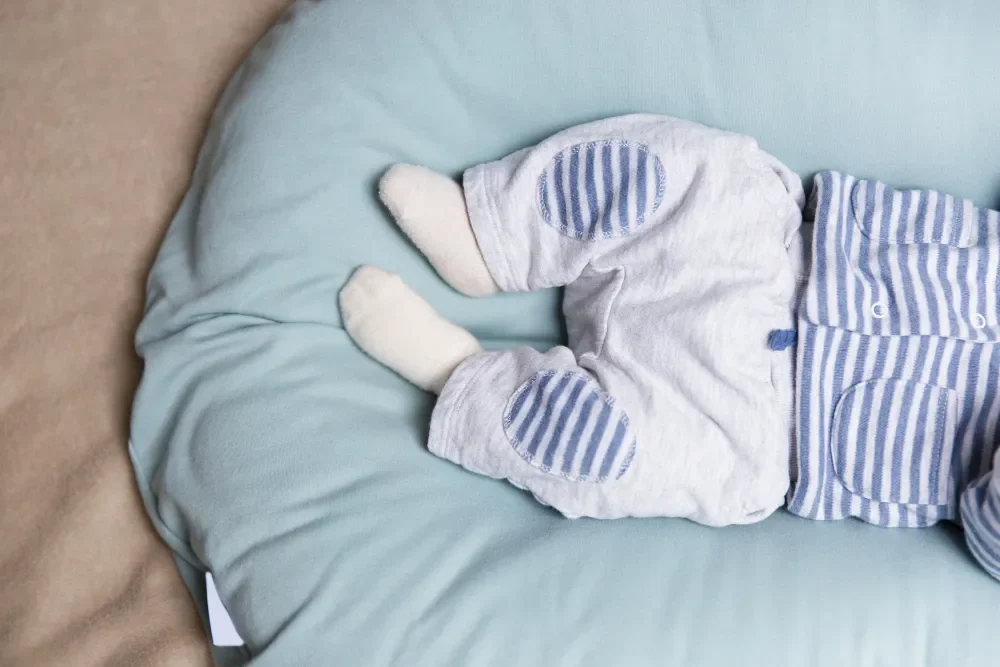
- Nursing pillow (e.g., Boppy or My Brest Friend): Supports proper latch and reduces back strain.
- Breast pump (manual for occasional use; electric double for working moms).
- Milk storage bags and labels to avoid the 3 a.m. “Is this from today?” panic.
- Nipple cream (lanolin-based) and hydrogel pads for soothing cracks.
Formula-Feeding Toolkit
- BPA-free bottles with slow-flow nipples (Dr. Brown’s or Comotomo).
- Formula dispenser for midnight mixing.
- Bottle brush and dishwasher basket to prevent mold.
Pro tip: Keep a “feeding station” in your living room with burp cloths, a water bottle for mom, and a phone charger. One less trip upstairs at 2 a.m. is pure gold.
Diapering Station: The Unsung Hero of Newborn Care Essentials
Diapers will become your second language. A well-stocked diapering area prevents meltdowns (yours and baby’s).
Core Diapering Supplies
- Newborn diapers (Size N or 1): Stock 2–3 jumbo packs; babies use 10–12 daily.
- Fragrance-free wipes (WaterWipes or Honest Company).
- Diaper rash cream (zinc oxide-based like Desitin).
- Changing pad with waterproof cover + 2 extra liners.
- Diaper pail with odor-locking bags (Ubbi steel recommended).
Hypothetical scenario: Imagine it’s 3 a.m., baby’s screaming, and you realize the wipes are downstairs. Avoid this nightmare by creating mini diapering kits in every room—basket, 10 diapers, travel wipes, small tube of cream.
Cloth vs. Disposable Diapers: A Quick Comparison
| Aspect | Cloth Diapers | Disposable Diapers |
|---|---|---|
| Cost | $300–$800 upfront; saves $1,000+ long-term | $70–$100/month |
| Eco Impact | Reusable; less landfill waste | 3,000 diapers/baby end in landfill |
| Convenience | Requires washing every 2–3 days | Toss and go |
| Rash Risk | Lower with frequent changes | Higher if not changed promptly |
| Best For | Eco-conscious, stay-at-home parents | Travel, working parents, newborns |
Data sourced from Real Diaper Association and EPA waste reports.
Sleep Solutions: Building a Safe and Soothing First-Month Kit
Sleep (or lack thereof) defines early parenthood. The AAP recommends room-sharing without bed-sharing for the first 6–12 months.
Safe Sleep Essentials
- Firm, flat crib mattress with fitted sheet (no pillows, blankets, or bumpers).
- Swaddles (Velcro like SwaddleMe or zip-up like Halo SleepSack).
- White noise machine (Dohm or app-based).
- Blackout curtains to mimic womb darkness.
Newborn tip: Use the “5 S’s” (Dr. Harvey Karp): Swaddle, Side-stomach position (while holding), Shush, Swing, Suck. This combo activates the calming reflex in 85% of fussy babies.
Bathing and Grooming: Gentle Newborn Care Essentials
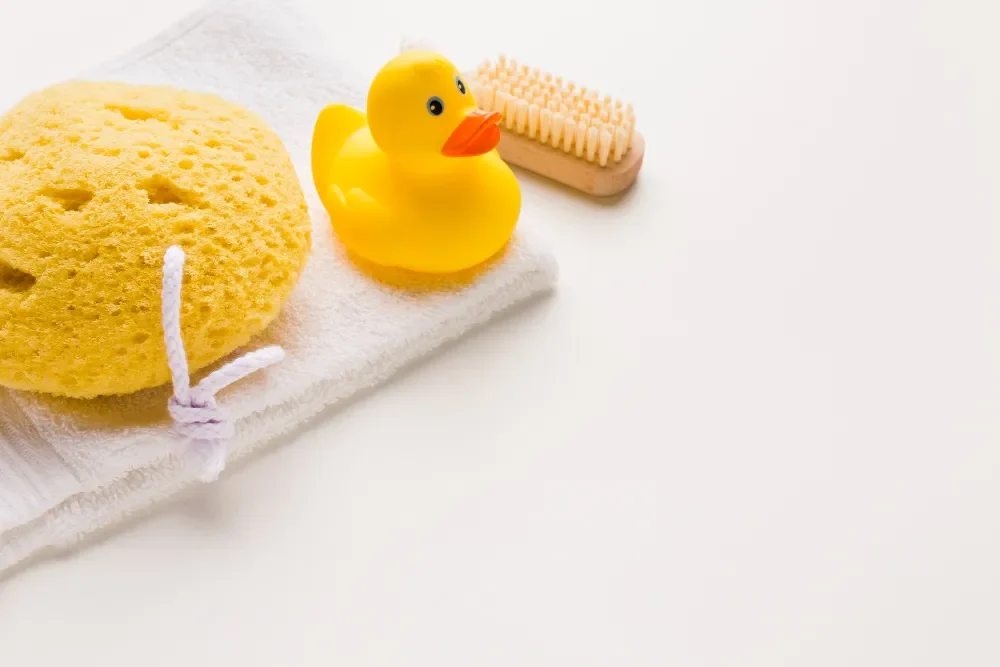
Bathing a slippery newborn feels like wrestling a greased watermelon—until you have the right tools.
Bath-Time Must-Haves
- Infant bathtub with sling (Fisher-Price 4-in-1 grows with baby).
- Hooded towels (bamboo or organic cotton for softness).
- Mild, tear-free wash (Cetaphil Baby or Aveeno).
- Soft-bristled brush for cradle cap.
Step-by-Step Newborn Bath Guide
| Step | Action | Tip |
|---|---|---|
| 1 | Fill tub with 2–3 inches of 100°F water | Use elbow test—should feel warm, not hot |
| 2 | Undress baby; keep diaper on until ready | Prevents accidents in tub |
| 3 | Support head/neck; wash face first | Use washcloth only—no soap on face |
| 4 | Clean body with mild soap; rinse thoroughly | Pay attention to neck folds |
| 5 | Wrap in hooded towel immediately | Dry gently; apply fragrance-free lotion |
Health and Safety: Non-Negotiable Newborn Supplies
Prevention beats cure—especially at 2 a.m. with a feverish baby.
Medical Kit Essentials
- Digital thermometer (rectal for accuracy under 3 months).
- Nasal aspirator (Frida NoseFrida with saline drops).
- Infant acetaminophen (consult pediatrician for dosing).
- First-aid basics: Gauze, band-aids, antiseptic wipes.
Real example: When my son spiked a 100.4°F fever at 3 weeks, having a rectal thermometer and pediatrician’s after-hours number saved us an ER trip. (It was just a viral bug, but peace of mind is priceless.)
Home Safety Checklist
- Install carbon monoxide and smoke detectors on every level.
- Secure outlet covers and cabinet locks early—babies roll fast.
- Keep small objects (coins, buttons) out of reach.
Clothing and Comfort: Smart Baby Must-Haves

Newborns grow 1–2 inches in the first month. Prioritize versatility.
Wardrobe Staples (0–3 Months)
- 7–10 onesies (kimono-style for easy umbilical cord access).
- 5 sleepers with zippers (no snaps at 3 a.m.!).
- 3 swaddle blankets (muslin for breathability).
- 2 hats and mittens to prevent scratching.
Newborn tip: Wash everything in dye-free, fragrance-free detergent (Dreft or Molly’s Suds) and run an extra rinse cycle.
On-the-Go Essentials: Diaper Bag Edition
Leaving the house with a newborn feels like packing for a week-long trip. Streamline with a capsule diaper bag.
Diaper Bag Packing List
- 5 diapers + travel wipes
- 2 changes of clothes (spit-up is inevitable)
- Portable changing pad
- Nursing cover or scarf
- Pacifiers (if using) in a clean case
- Snacks/water for mom

Hypothetical scenario: You’re at Target, baby has a blowout, and your bag lacks a spare onesie. Cue public changing table meltdown. A compact first-month kit in the car trunk (ziplock with diaper, wipes, onesie) is a game-changer.
Addressing Common Newborn Care Myths and Challenges
Myth #1: “Babies need daily baths.”
Reality: 2–3 sponge baths per week until the umbilical cord falls off (around 1–2 weeks). Over-bathing strips natural oils.
Myth #2: “If baby cries, they’re always hungry.”
Reality: Crying is late-stage communication. Check the “FUSS” acronym: Feeding, Umbilical/diaper, Sleepy, Stimulation (too much/too little).
Challenge: Colic and Fussiness
- Try probiotic drops (consult pediatrician).
- Use baby-wearing (ErgoBaby or wrap) to mimic womb motion.
- Take 5-minute parent breaks—tag-team with partner or call a friend.
Advanced Newborn Tips for Month Two and Beyond
Once you’ve nailed the basics, level up:
- Tummy time starting at 2–3 weeks (2–3 minutes, 2–3 times daily) to build neck strength.
- Sensory play: Black-and-white contrast cards stimulate vision.
- Sleep training foundations: Consistent bedtime routine (bath, massage, book, bed).
Long-term benefit: Babies with early routines often sleep through the night by 12–16 weeks, per a 2023 Pediatrics study.
Budget-Friendly Hacks for Newborn Care Essentials
- Buy used: Facebook Marketplace for swings/bouncers (sanitize thoroughly).
- Registry completion discounts: Amazon and Target offer 15% off remaining items.
- DIY solutions: Old T-shirts as burp cloths; sock as mitten substitute.
Conclusion: Your Newborn Care Essentials Checklist
You’ve got this, mama. From a rock-solid first-month kit to game-changing newborn tips, these newborn care essentials will help you thrive—not just survive—those hazy early days. Print this post, highlight your baby must-haves, and start building your arsenal today. Your future sleep-deprived (but wildly in-love) self will thank you.
Call to action: Pin this guide, share it with your mom group, and drop your favorite newborn hack in the comments—I read every one!
Frequently Asked Questions (FAQs)
How many newborn diapers should I stock before birth?
Plan for 70–80 diapers for the first week (10–12 daily). Buy one jumbo pack of Size N and one of Size 1 to cover growth spurts.
Are pacifiers safe for newborns?
Yes, after breastfeeding is established (usually 3–4 weeks). The AAP says pacifiers reduce SIDS risk when used at sleep time.
What’s the one newborn supply I’ll use every single day?
A reliable burp cloth—you’ll go through 5–10 daily. Opt for absorbent, machine-washable muslin.
How do I know if my baby is too cold or hot?
Check the neck or back—slightly warm is perfect. Dress baby in one more layer than you’re comfortable in.
When can I stop worrying about the umbilical cord stump?
It typically falls off between 1–3 weeks. Keep it dry; fold diaper below stump. Call your pediatrician if you see redness or pus.
Improving parenting skills and communication
